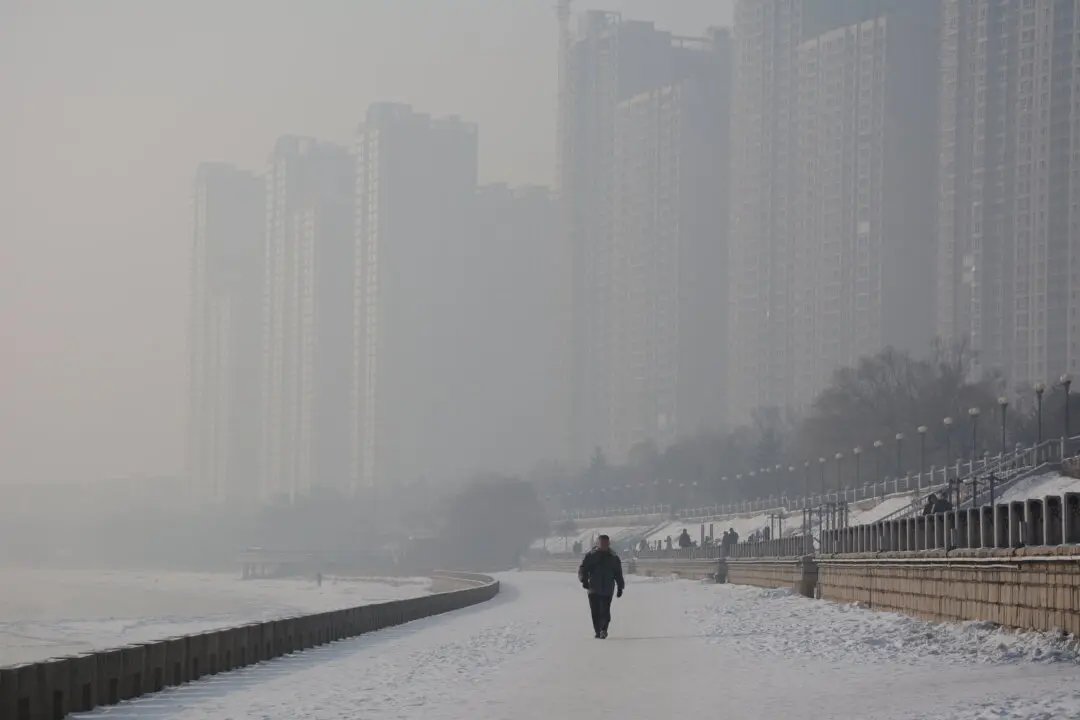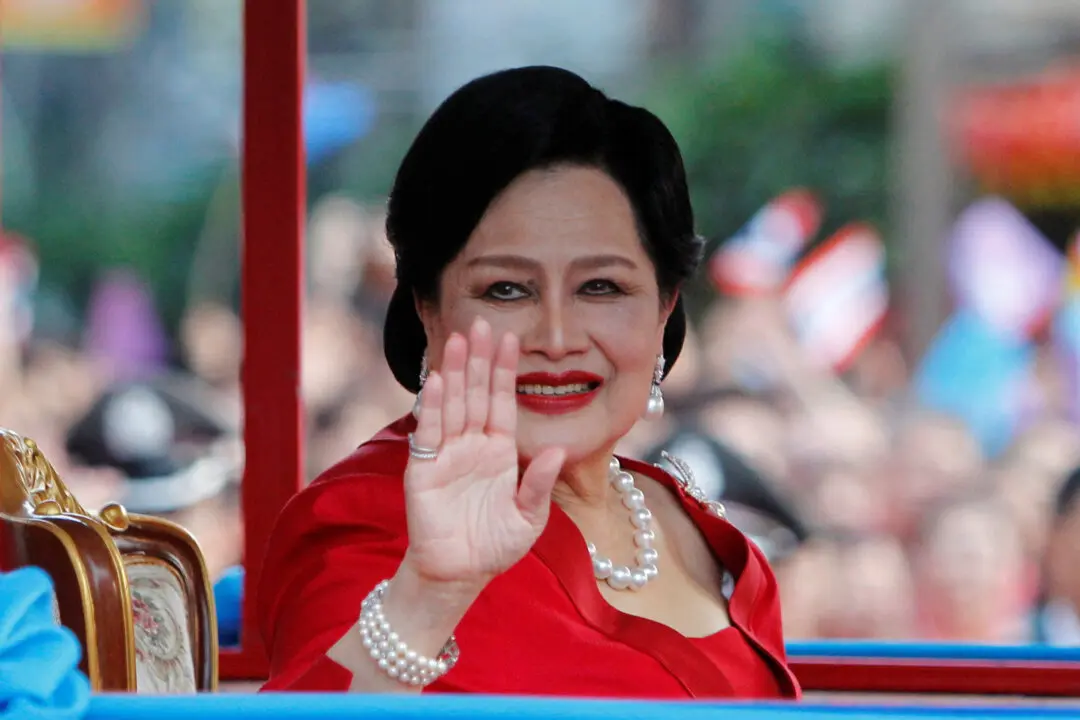LONDON—The euro edged up from 22-month lows on Tuesday as war in Ukraine darkens Europe’s economic outlook, while currencies sensitive to soaring commodity prices were volatile.
Russia’s invasion of Ukraine has led to increased demand for assets seen as safer across markets, with the dollar—the world’s reserve currency—up around 3 percent over nearly two weeks as the crisis has intensified.





